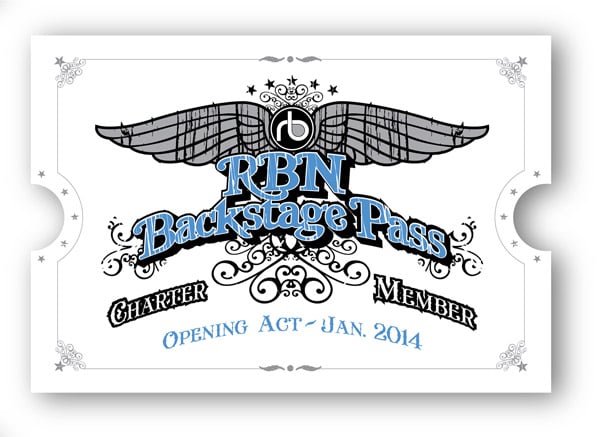Gulf Coast exports of diesel and gasoline are booming. Net exports of diesel have increased over 300 percent from an average of 232 Mb/d in 2009 to 746 Mb/d in 2013. Over the same period net gasoline exports from the Gulf Coast increased five-fold from an average of 87 Mb/d in 2009 to 439 Mb/d in 2013. Today we look at the drivers behind this dramatic export growth.
This blog is the first in a two part series looking at the drivers behind increased US exports of refined products from the Gulf Coast region. In this first episode we look at whether refining margins for diesel and gasoline are correlated to the level of exports. We then look at the extent to which export volumes are related to levels of refinery throughput at the Gulf Coast. In the next episode we will look at the impact of domestic demand for refined products (or the lack of it) on export volumes and then whether export volumes seem to be sensitive to international refined product prices.
|
|
A RBN Backstage Pass subscription gives you full access to RBN’s Drill-Down Reports, Blog Archive Access, Spotcheck Indicators, Market Fundamentals Webcasts, and Get-Togethers. Our newest RBN Drill Down report titled Rock the Boat, Don’t Rock the Boat— Impact of the Jones Act on U.S. Crude Oil Markets examines the growing use of US flagged tankers and barges to transport crude oil. More information on Backstage Pass here. |
Margins and Exports
We start today by looking at the relationship between refinery margins at the Gulf Coast and the level of exports to determine whether profitability is a driver of export volumes. The two charts in Figure #1 below show gasoline (Figure #1a) and diesel (Figure #1b) respectively. Figure #1a shows the Gulf Coast gasoline crack (blue line) against the left axis and net exports of gasoline from the Gulf Coast region (green shaded area) against the right axis. [Recall that the term “crack” does not refer to something a wayward crude trader might ingest in the bathroom but rather to breaking down or “cracking” crude oil (see Behind the Margins).] The gasoline crack is simply the margin between the price of gasoline and the cost of crude – used as an indicator of refinery performance. For the Gulf Coast gasoline crack we used prices for Gulf Coast unleaded and the benchmark crude Light Louisiana Sweet (LLS). The crack tells us roughly speaking whether making gasoline at Gulf Coast refineries is profitable. Over the period from March 2012 to the end of 2013, the gasoline crack showed periods of good profitability through the fall of 2012 and during the summer of 2013 but was also negative at the end of 2012 and in the fall of 2013 (the red line on the chart indicates a zero margin). Net gasoline exports on the chart were calculated from monthly Energy Information Administration (EIA) estimates of gasoline exports minus gasoline imports at the Gulf Coast (PADD 3) region. Looking at the data, gasoline exports increased when the refining margin for gasoline was negative – during the winter of 2012-2013. Gulf Coast gasoline exports also increased in the fall and winter of 2013 when the crack spreads were less than $5/Bbl and at times negative. In other words gasoline exports increased when margins were lower. This trend is not intuitive – after all you might expect refiners to reduce output and by implication, exports when margins are poor or negative. The explanation for this anomaly becomes clearer when we look at the diesel data in Figure #1b.
Join Backstage Pass to Read Full Article








